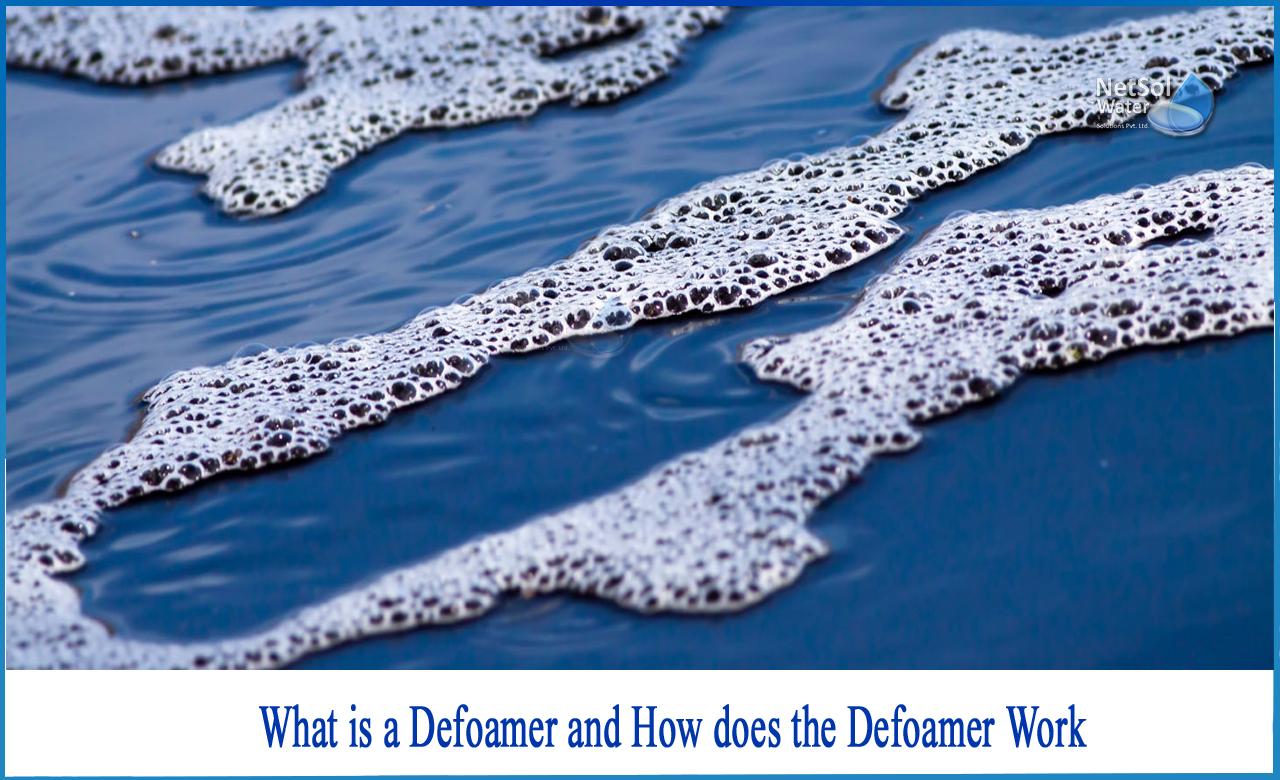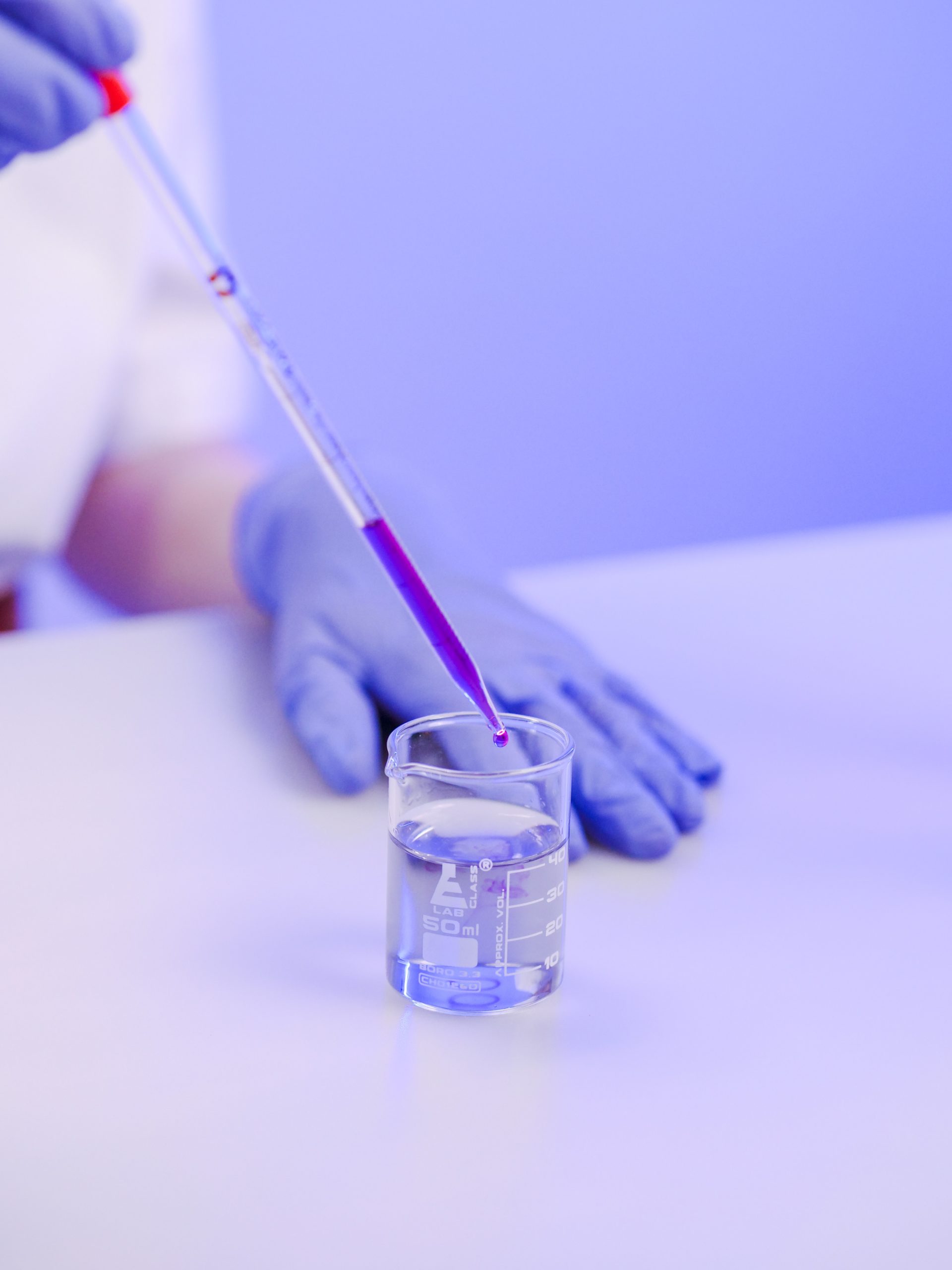Choosing the Right Defoamer for Your Specific Application Requirements
Choosing the proper defoamer for certain application needs is a nuanced procedure that requires cautious consideration of several variables, such as the foam medium, operating, and kind problems. Understanding the subtleties of defoamer performance-- consisting of rate and perseverance-- while likewise representing regulative and ecological variables is vital. Additionally, participating in tests and seeking advice from with suppliers can supply important understandings. Browsing these complexities can be overwhelming, and the repercussions of a bad option may be substantial. What approaches can be used to ensure an optimum selection?
Recognizing Foam Development
Foam formation occurs when gas is caught within a fluid, developing a stable structure of bubbles. This phenomenon can dramatically affect numerous commercial procedures, especially in sectors such as food production, pharmaceuticals, and wastewater treatment. The presence of foam can prevent blending, lower product high quality, and even bring about functional inefficiencies.
Foam typically forms due to a mix of factors, consisting of surface-active agents, agitation, and the characteristics of the fluid stage. Surfactants reduced the surface tension of the liquid, assisting in the development of bubbles that can integrate and stabilize. Frustration, whether from mechanical mixing or gas intro, improves bubble formation, resulting in boosted foam quantity.
Recognizing the auto mechanics of foam development is essential for markets aiming to optimize their procedures. By identifying the specific problems that promote foam generation, organizations can execute techniques to alleviate its impacts. This knowledge prepares for picking proper defoaming agents that properly target the distinct obstacles presented by foam in different applications. As a result, a detailed understanding of foam formation is essential for boosting performance and preserving item stability throughout various sectors.
Kinds Of Defoamers Available
Various sorts of defoamers are available to resolve the challenges positioned by foam in industrial applications. defoamers. Broadly classified, defoamers fall into three groups: silicone-based, non-silicone-based, and all-natural defoamers
Silicone-based defoamers are renowned for their effectiveness and security across a vast array of temperatures and pH levels. They are commonly made use of in applications where solid foam suppression is needed, such as in paints, adhesives, and finishes. Their reduced surface area tension permits fast foam collapse.
Non-silicone-based defoamers, usually made from organic compounds, use an alternative for applications conscious silicone residues. These defoamers can be more separated right into polyether and ester kinds, each customized to fulfill specific formulation requirements. Non-silicone defoamers are often used in food handling and individual treatment products due to their compatibility with various formulations.
Natural defoamers, acquired from plant or pet resources, are gaining traction because of their environment-friendly account. These products are particularly appealing in applications where regulatory compliance and sustainability are critical, such as in agrochemicals and biotechnology.
Selecting the ideal type of defoamer is crucial for maximizing performance and ensuring compatibility with specific applications.
Key Application Factors To Consider
When selecting a defoamer, it is necessary to think about the certain application needs to ensure optimal performance. defoamers. Various sectors have unique requirements, such as food processing, pharmaceuticals, or wastewater treatment, and each application may require unique defoaming residential properties
Secret variables to review include the tool in which the defoamer will certainly be utilized, whether it is water-based, oil-based, or a mix thereof. The temperature level and pH levels of the application can additionally substantially influence the effectiveness of a defoamer. In addition, compatibility with various other chemicals present in the system is important to avoid adverse reactions that might compromise performance.
Another vital consideration is the frothing habits of the certain system. Comprehending whether the foam forms swiftly or slowly can guide the option of a defoamer that targets the source successfully. The preferred rate of defoaming can affect the option, as some applications call for rapid action while others might tolerate slower defoaming processes.
Last but not least, regulative and ecological factors to consider ought to not be overlooked, specifically in sectors with strict compliance needs. Selecting a defoamer that lines up with these aspects guarantees both efficiency and security in the application.

Efficiency Screening Approaches
Assessing the performance of a defoamer requires an organized technique to testing that accurately measures its performance in details applications. Various performance screening techniques can be utilized to establish the ideal defoamer for a given formulation.
One usual approach is the bubble examination, which examines the defoamer's capability to decrease foam volume with time. This test involves creating a secure foam and after that adding the defoamer to observe the rate of foam collapse. An additional technique is the dynamic foam examination, where foam is produced under controlled problems to mimic real-world application scenarios. This strategy supplies insights right into exactly how the defoamer performs under differing shear conditions.

Ultimately, picking the ideal efficiency screening technique relies on the specific application and the type of foam being dealt with. Each method offers important data that can assist formula adjustments and improve the Clicking Here effectiveness of the defoamer in useful applications.
Ideal Practices for Option


Next, consider the defoamer's performance in terms of speed of action and persistence. A quick-acting defoamer may be necessary for processes where quick foam suppression is crucial, while a much more important link consistent formula could be needed for long term foam control. In addition, evaluate the environmental effect of the defoamer, including its biodegradability and any type of regulative compliance requirements.
Conduct trials with picked defoamers to determine their effectiveness in real-world problems. By sticking to these ideal techniques, you can improve foam control effectiveness and ensure the durability of your processes.
Final Thought
In recap, selecting the suitable defoamer demands an extensive assessment of different elements, including foam kind, medium, operating problems, and environmental considerations. Understanding the distinct features of foam development and the available defoamer choices is crucial. In addition, using efficient performance screening techniques and adhering to ideal methods during the selection process will improve the chance of attaining optimum defoaming outcomes. Inevitably, an educated option strategy will deal with specific application demands and mitigate lathering challenges successfully.
Choosing the appropriate defoamer for details application requirements is a nuanced process that requires careful factor to consider of numerous aspects, such as the foam kind, operating, and tool problems.Selecting the appropriate defoamer is critical for attaining optimal efficiency in foam control applications. A quick-acting defoamer may be required for processes where quick foam reductions is essential, while an extra persistent formulation might be required for prolonged foam control.In recap, choosing the appropriate defoamer demands a comprehensive analysis of numerous aspects, including foam kind, medium, operating problems, and click over here ecological factors to consider. Understanding the distinct qualities of foam development and the offered defoamer options is crucial.
Comments on “How Defoamers Improve Product Quality and Reduce Waste in Production”